The irori, or traditional Japanese sunken hearth, is much more than a simple heating or cooking device—it has long been a symbol of the home and a gathering place for families.
In this article, we’ll dive into the history, roles, and enduring appeal of the irori, explore inns where you can still enjoy this traditional hearth today, and even discuss its appearance in the game Nioh 2.
The Origins and History of the Irori
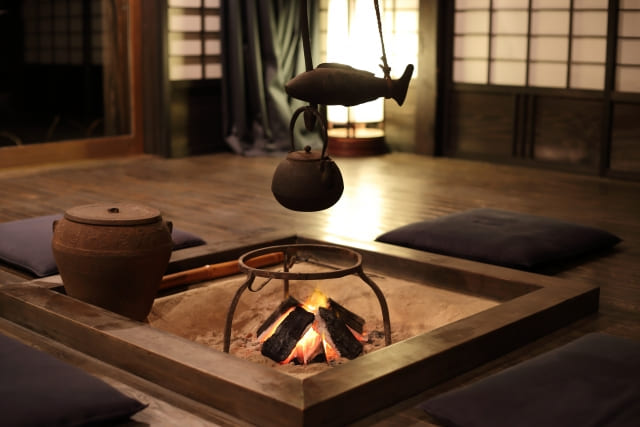

I’m not familiar with Irori.

Me neither…

I see. I think my brother had one, not sure.
Then let’s learn about Irori this time.
A Tradition Tracing Back to the Jomon Period
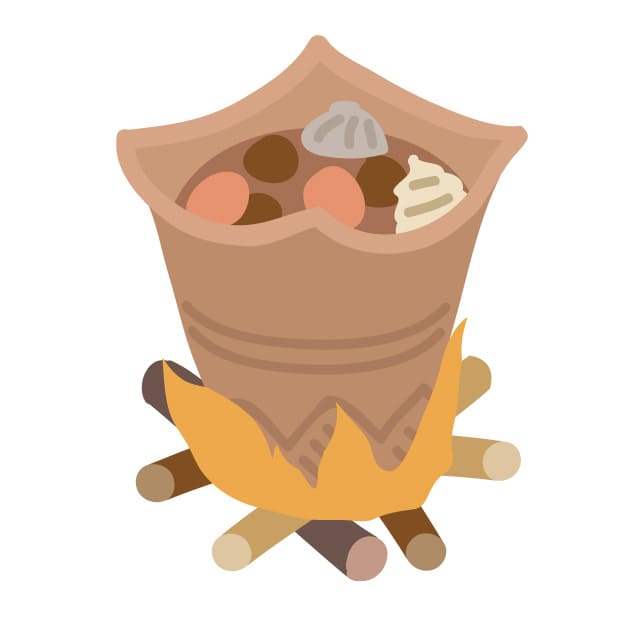
The origins of the irori can be traced back to the Jomon Period (14,000–300 BCE), where similar hearths were used in pit dwellings. These early hearths not only provided heat and light but also served as tools for cooking and smoke fumigation to ward off insects. They were a multifunctional necessity that also became the heart of communal and family gatherings.
A Sacred Hearth in the Home
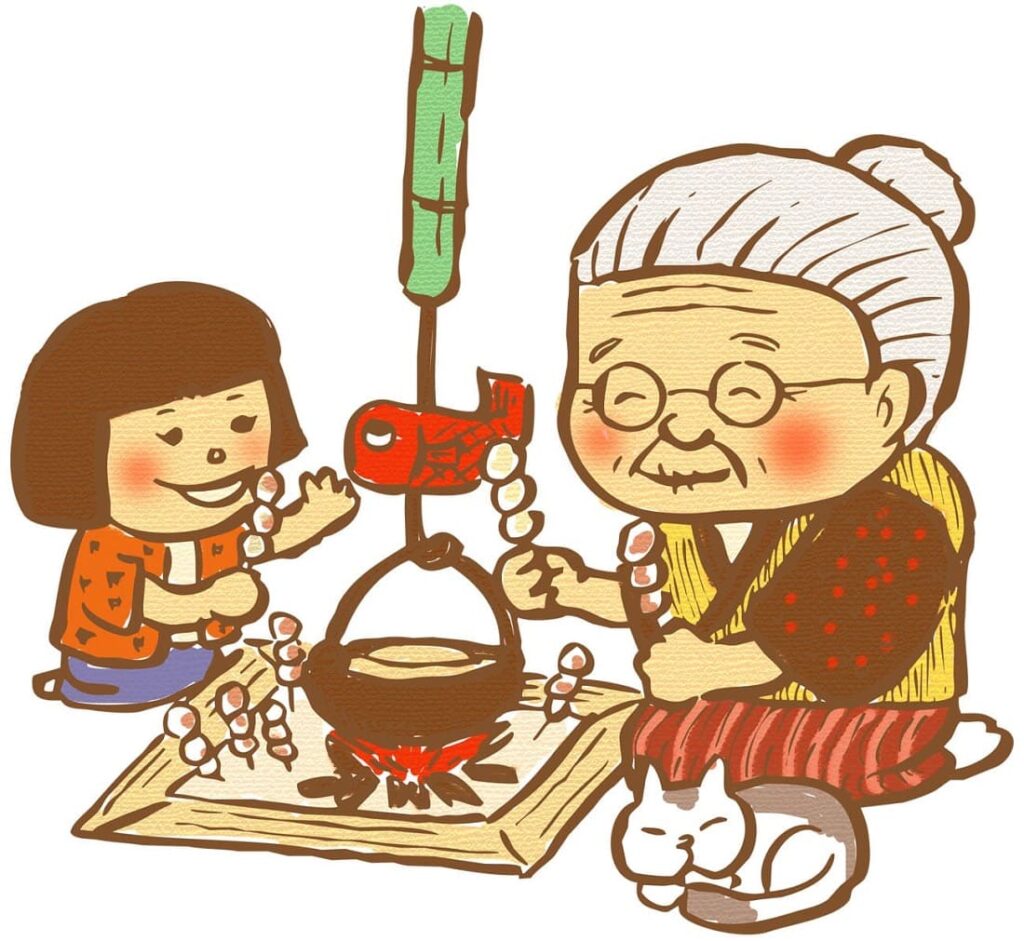
The irori was considered more than just a functional feature. It was seen as the “dwelling place of the gods” and a symbol of the home itself. Gathering around the irori strengthened familial bonds and created a sacred space for connection and warmth.
The Roles of the Irori in Japanese Homes

The irori played several critical roles in traditional Japanese life:
- Heating: Providing warmth during cold winters.
- Cooking: Facilitating a variety of cooking methods, such as grilling and boiling.
- Lighting: Acting as a source of illumination in the evening.
- Insect Repellent: Using smoke to keep bugs at bay.
- Community Hub: Serving as a focal point for family and social interactions.
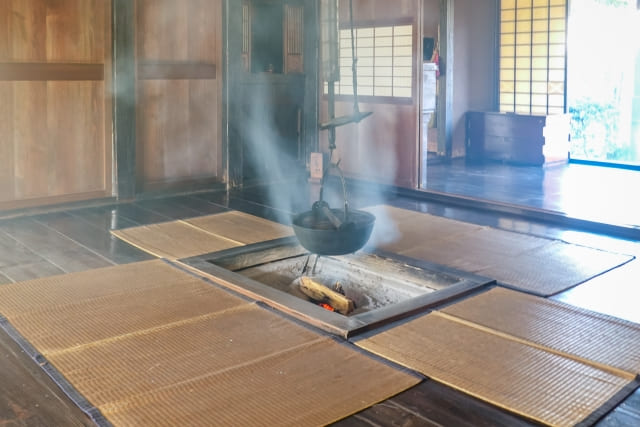
Interestingly, seating around the irori was highly structured, with positions assigned based on social status or household roles:
| Yokoza | The upper seat, closest to the household altar, reserved for the head of the family or esteemed guests. |
| Kakaza | Near the kitchen, often occupied by the housewife. |
| Kyakuza | The “guest seat,” typically for male visitors. |
| Kijiri | The lower seat, near the dirt floor, often designated for servants or young women. |

I didn’t know about this!!
Why Did Irori Fall Out of Use?

Despite its many advantages, the irori began to fade from daily life during Japan’s postwar modernization. By the 1950s and 1960s, the widespread electrification of homes and the introduction of gas stoves and electric heaters rendered the irori obsolete in most households.
Experience the Irori Today: Charming Inns with Traditional Hearths
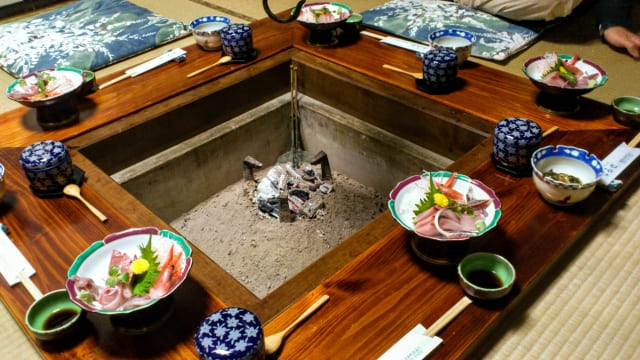
Although rarely found in modern homes, the charm of the irori lives on in select inns across Japan. Here are three unique accommodations where you can enjoy this traditional hearth:
Yamayuri no Yado / やまゆりの宿 (Iwate Prefecture)
Yamayuri no yadoThis inn highlights the warmth of the irori as guests savor the bounty of the region, including seafood from the Sanriku coast, premium Wagyu beef, and fresh local vegetables. The experience of dining around an irori enhances the flavors of the dishes and creates unforgettable memories.

You can book this inn through Booking.com
Keikoku no Kakureyado Iya Bijin / 渓谷の隠れ宿 祖谷美人 (Tokushima Prefecture)
At this hidden gem in the Iya Valley, guests can enjoy local delicacies such as river fish, fresh vegetables, and the famous Iya soba—all cooked and served around an irori. For added luxury, the inn also offers cedarwood open-air baths attached to its guest rooms, providing a serene and natural experience.
Kayabuki no Sato Yakushi Onsen Hatago / 茅葺の郷 薬師温泉 旅籠 (Gunma Prefecture)
This inn offers a step back in time with irori hearths available in its dining areas, such as “Kobayashi House” and “Hamada Residence.” Guests can enjoy delicious meals prepared over the irori. Additionally, most guest rooms (except “Yasuragi Hall” and “Seseragi Room”) feature irori setups. While the hearths in these rooms are decorative and cannot be lit, they provide a nostalgic ambiance reminiscent of Japan’s past.
The Irori in Nioh 2
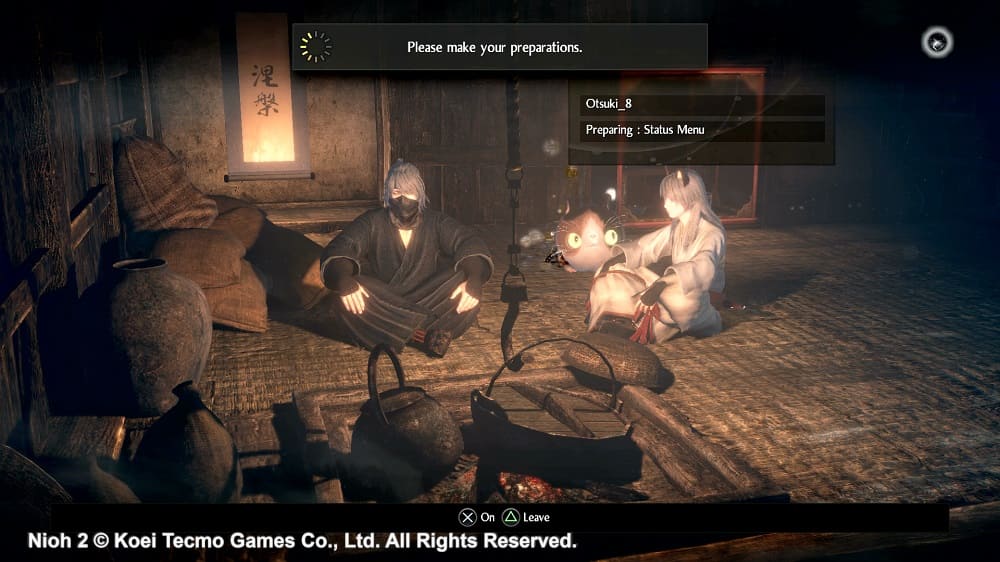
The irori is not only a relic of Japan’s past, but also a cultural icon that continues to inspire modern media. In the video game Nioh 2, the irori appears as a symbolic element, recreating the ambiance of traditional Japanese life.
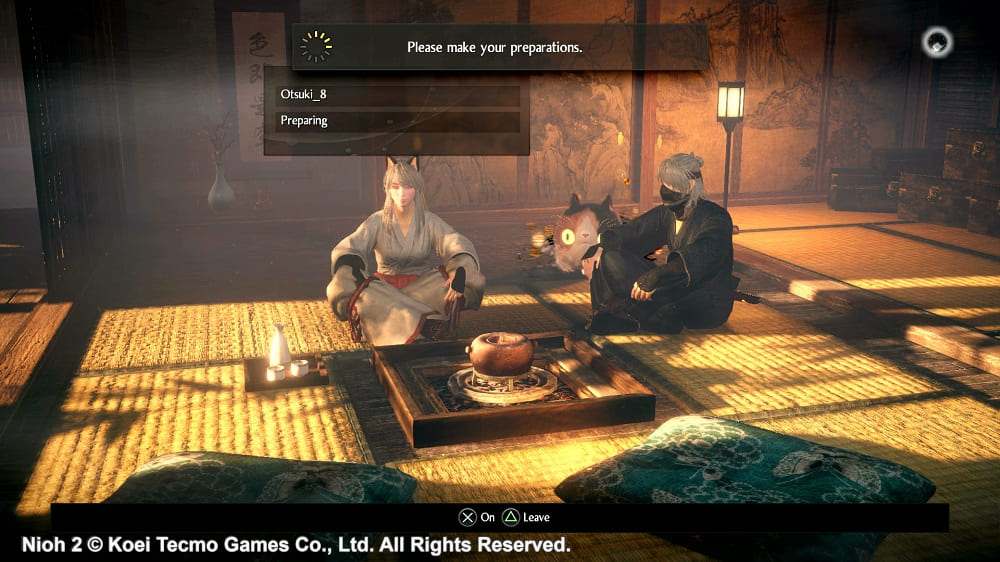
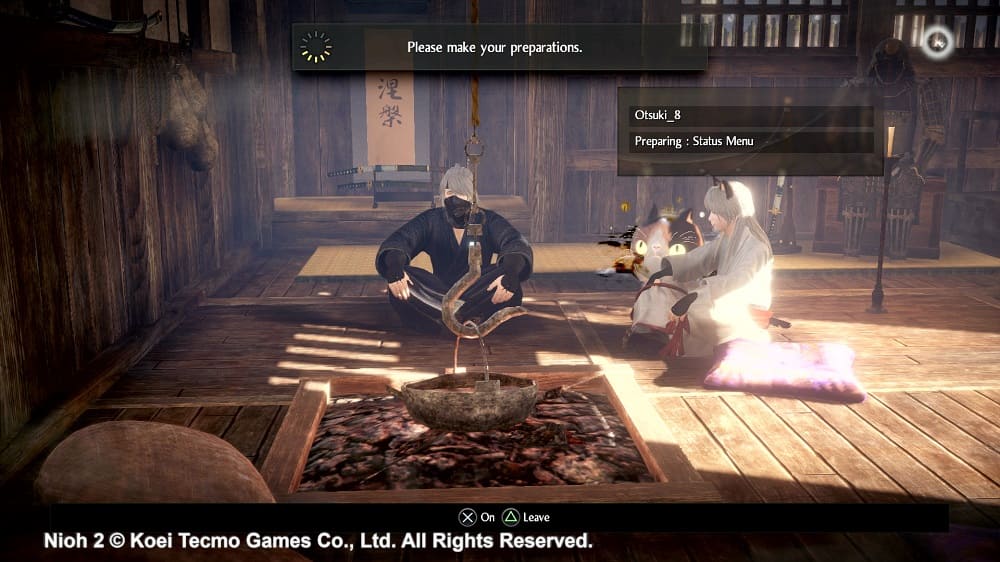
Players can experience the charm and historical depth of the irori as part of the game’s immersive world-building.

A room with Irori looks so cozy.

Yes, It’s true. I would like to build a place like this with irori in our home!
Conclusion
The irori is far more than a simple hearth; it represents a way of life centered on family, tradition, and the warmth of shared experiences. Though its use has declined in modern homes, its charm endures in inns and cultural representations like Nioh 2. Whether you’re exploring traditional accommodations or diving into Japanese-inspired video games, the irori offers a glimpse into the heart of Japan’s history and culture.
Why not visit one of these inns or try Nioh 2 to experience the irori for yourself?

If you are interested in Japanese culture, you may love these games!
Let’s play!

Yes! Let’s play!

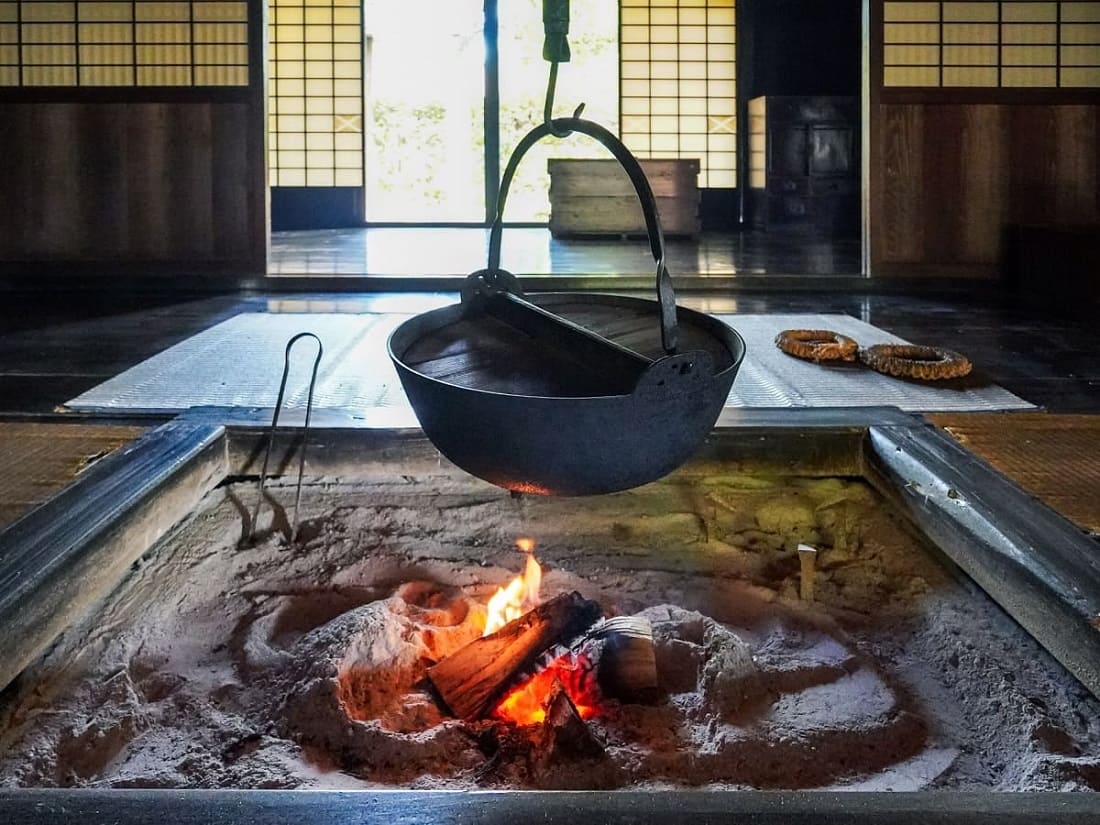


Comments